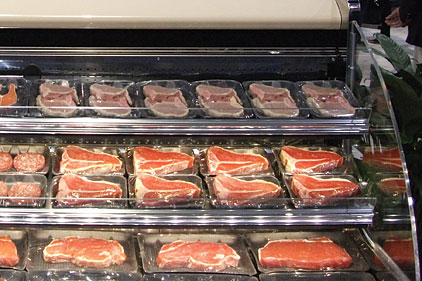So how can a technician reduce the number of times he must revisit a repair?
One way is to not make assumptions about a system or a component. Always attempt to verify it is operating properly. Prove it rather than assume it.
Measure and Verify
For example, when replacing a thermostatic expansion valve, always measure the evaporator’s superheat value and adjust the expansion valve if necessary to make sure the valve is feeding properly and the evaporator is fully active. Do not assume the valve is properly adjusted —
check it. Just because it is new
does not mean it is adjusted correctly for the system.
Another area where you should not assume anything is when dealing with refrigerant service and access valves. Each time you remove your refrigerant hoses, verify that the valve is properly seated and that it is not allowing refrigerant to escape from the system. Test the valve with either a soap solution or an electronic leak detector to make sure it is not leaking.
When adjusting low pressure controls, use your refrigerant gauge — instead of the control’s adjustment plate — to set the control. The adjustment plate is not always accurate. Assuming it is can lead to a misadjusted control and a return visit.
This is especially true when the control is being used for temperature regulation.
Test Your Tools
You should regularly test and verify that your measuring tools are accurate. Don’t assume they are accurate — prove it.
Test your refrigerant gauges for accuracy. Using a known pressure, compare your gauge reading to the known pressure value and make sure they match. Normally, a known pressure that is about the mid-scale value of your gauge works best. You can test your temperature tools by placing their probes in an ice bath. You should read very close to 32˚F.
When dealing with a tripped circuit breaker or blown fuse on a system, you need to make every effort to try and determine why the circuit breaker tripped or the fuse blew. Do not make assumptions. Take the necessary steps to analyze the system to determine the cause of the problem. Granted, this is not always easy or possible, but you need to make the effort and try to determine the cause.
These are just some of the areas where you do not want to make assumptions. There are many other areas where this also applies. Making assumptions causes problems for technicians and their companies. It causes a technician to overlook potential issues, which leads to a failed system and a return visit. Take the extra time to prove it rather than assume it.
Publication date: 02/6/2012



Report Abusive Comment